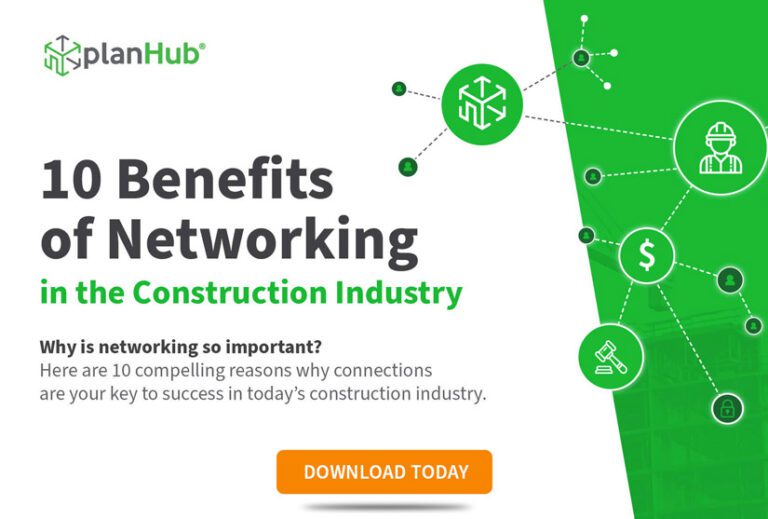In today’s evolving world, the need for sustainable and eco-friendly constructions has become more important than ever before. Many property developers and builders are keen to create energy-efficient structures known as “Net Zero” buildings. These are structures that have the potential to generate and consume energy simultaneously, resulting in zero net energy consumption. In this blog post, we will discuss the concept of Net Zero construction in detail, from the key features to the benefits of such buildings.
The primary concept behind a Net Zero building is to create an efficient structure that maximizes energy savings. These buildings generate their own energy through renewable sources such as wind, solar, and geothermal systems. They are also designed to minimize energy consumption throughout their lifespan. As a result, they maintain a zero net energy balance, which means they consume
no more energy than the amount they generate.
Typically, Net Zero buildings are meticulously designed to meet high energy-efficiency standards. Builders use a combination of architecture, engineering, and green construction practices to create structures that can fully function on renewable energy. These practices involve employing high-performance insulation, windows, and HVAC systems while incorporating renewable energy generation technologies.
There are many benefits of constructing Net Zero buildings. Besides reducing the consumption
of fossil fuels, which is good for the environment, it also helps to create jobs, promote energy independence, and improve health by reducing indoor air pollution. Moreover, Net Zero buildings generally generate more energy than they consume, making them more efficient than conventional constructions.
While designing a Net Zero structure, builders must maximize energy efficiency and minimize energy demand. This can be achieved by utilizing recyclable and renewable building materials. Companies are now creating products that are often more energy efficient, durable, and environmentally friendly, making it easier for builders to incorporate them into their projects. Examples of these materials include energy-efficient LED lighting, foam insulation, and biodegradable concrete.

The concept of Net Zero construction represents the future of green building practices. By producing buildings that are efficient and eco-friendly, we can create sustainable living and working environments that benefit the health and wellbeing of occupants while conserving the planet’s resources. Achieving zero carbon emissions is the mission of many builders in the construction industry, and as technology advances, the cost of green building practices will drop, making net zero construction affordable and achievable. The future is looking bright for sustainable construction, and
it is up to everyone to embrace the concept to pave the way for a healthy planet and future.
About PlanHub
PlanHub is the fastest-growing, cloud-based preconstruction platform that connects general contractors, subcontractors, owners, and material suppliers to build relationships and improve how they collaborate, manage their business, and win more projects,.
Created by contractors, for contractors. PlanHub is the most trusted end-to-end pre-construction platform, serving 55,000 general contractors and 350,000 subcontractors. PlanHub provides easy-to-use tools that connect construction professionals, simplify the bidding process, accelerate takeoff and find more leads, and access to in-depth market intelligence and dedicated personal service and support to help manage and grow their businesses.
PlanHub. Simplified Preconstruction for Everyone.


